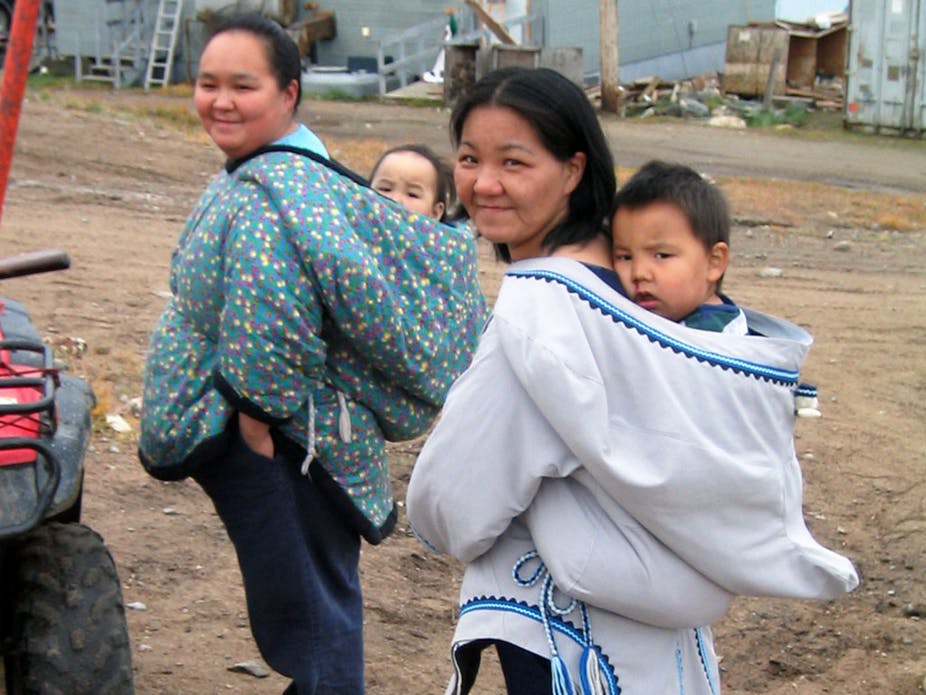For many, having a chance for a successful life means leaving their homes and moving elsewhere – for better education and more job prospects
By Brian Giesbrecht
Senior Fellow
Frontier Centre for Public Policy
In communities across Canada – and elsewhere in the world – young people are determined to escape, even if it means committing suicide. It’s a crisis that can be avoided.
This summer, CBC Radio reported “yet another spate of suicides” in Attawapiskat, in northern Ontario. The First Nation was briefly famous in 2012 when then-chief Theresa Spence staged a nationally-televised hunger strike. This is merely the latest in a series of suicides in Attawapiskat, a community with serious social problems.
Similarly, last fall, several suicide deaths took place in an Inuit community in Nunavut. Northern Ontario, Manitoba, Labrador and other isolated places have all suffered suicide epidemics among young people.
These kids are determined to get out of there, one way or the other.
Meanwhile, on the South Pacific island of Nauru, young people are dying of what is called “resignation syndrome.”
The island is used by Australia to processes asylum seekers. The Australian government – fully aware that its country can’t accommodate a wave of hundreds of thousands of immigrants – uses islands like Nauru to keep the number of admissions manageable.
The result is a feeling of hopelessness and despair among the asylum seekers. Many have been stuck on the island for years, with no end to their misery in sight. The youth see no hope and no reason to live. They stop eating or finding any joy in life.
Clearly, the young people on Nauru and those committing suicide in isolated Canadian communities have something in common.
Indigenous adolescents in isolated Canada communities live in a prosperous country, but their families don’t share in that prosperity. Too often, their families are on welfare and the children lack proper role models to show them a more successful lifestyle. Their television and cellphone screens reflect the affluence of southern people, and the stars of pop culture. But there is a sharp contrast between that and what they see around them: squalor, drunkenness and violence.
So just like Nauru children left without an answer to their fate, these Indigenous adolescents lose hope that change will occur.
Indigenous and non-Indigenous political leaders say all the expected things. Indigenous politicians express outrage and demand more money and programs from the government. The government promises spending on yet more crisis counsellors, alcohol treatment facilities and a whole host of additional fiscal interventions.
Others suggest that increasing cultural awareness or teaching additional Indigenous history lessons would solve all the problems and prevent future suicides.
But all these people are pretending and sinking in lies – and they know it. They know that the solutions they offer will make no real difference. These leaders and observers are proficient in going through the motions – they’ve done it many times before and they’ll do it again.
In the interim, children continue to suffer. For too many of them, the lives they’re being told they must live lack meaning. They don’t want the hard life of subsistence hunting practised by their ancestors. They certainly don’t want the lives they see their parents living.
They want what they see on their devices’ screens.
Not all Indigenous communities endure this problem. Why do some places have high rates of suicide while others don’t?
A study by the University of Northern British Columbia suggests that in healthy communities with good role models – gainfully employed, sober and respected adults – the young people have no trouble finding reasons to live. But in dependent, alcoholic and violent communities, too many children find only reasons to end their lives.
Regardless of how bitter the reality is, young people in unhealthy Indigenous communities must hear the truth about their situation.
For many, having a chance for a successful life means leaving their homes and moving elsewhere – for better education and more job prospects.
If, however, they don’t want to leave, they should know what staying entails: learning to become self-supporting and fully independent.
Because remaining dependent in a sick and impoverished community leads only to suicidal despair.
And then Nauru, Attawapiskat and Nunavut will be left to watch more of their children die.
Brian Giesbrecht is a retired judge and a senior fellow with the Frontier Centre for Public Policy.
© Troy Media





























































.jpg)


